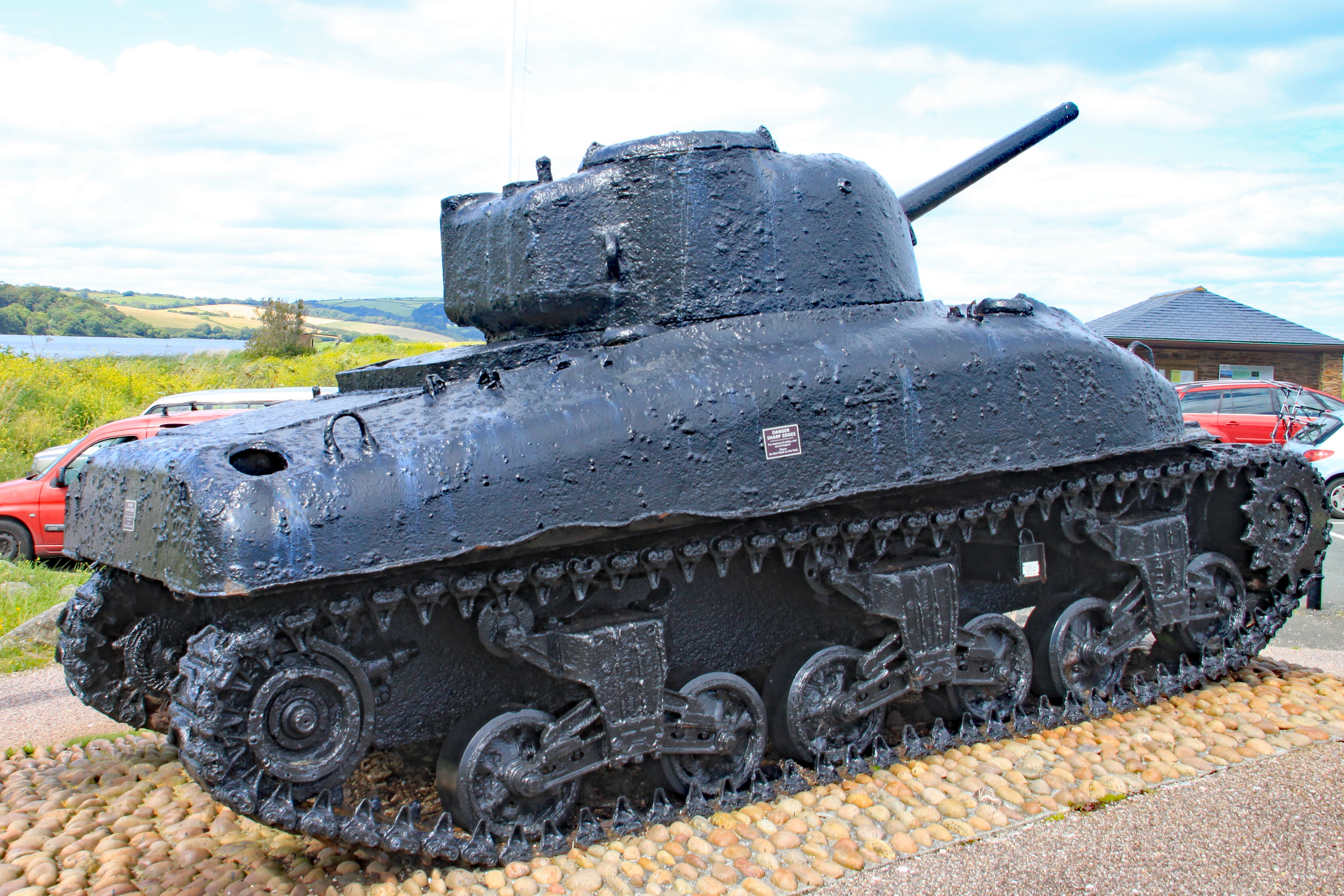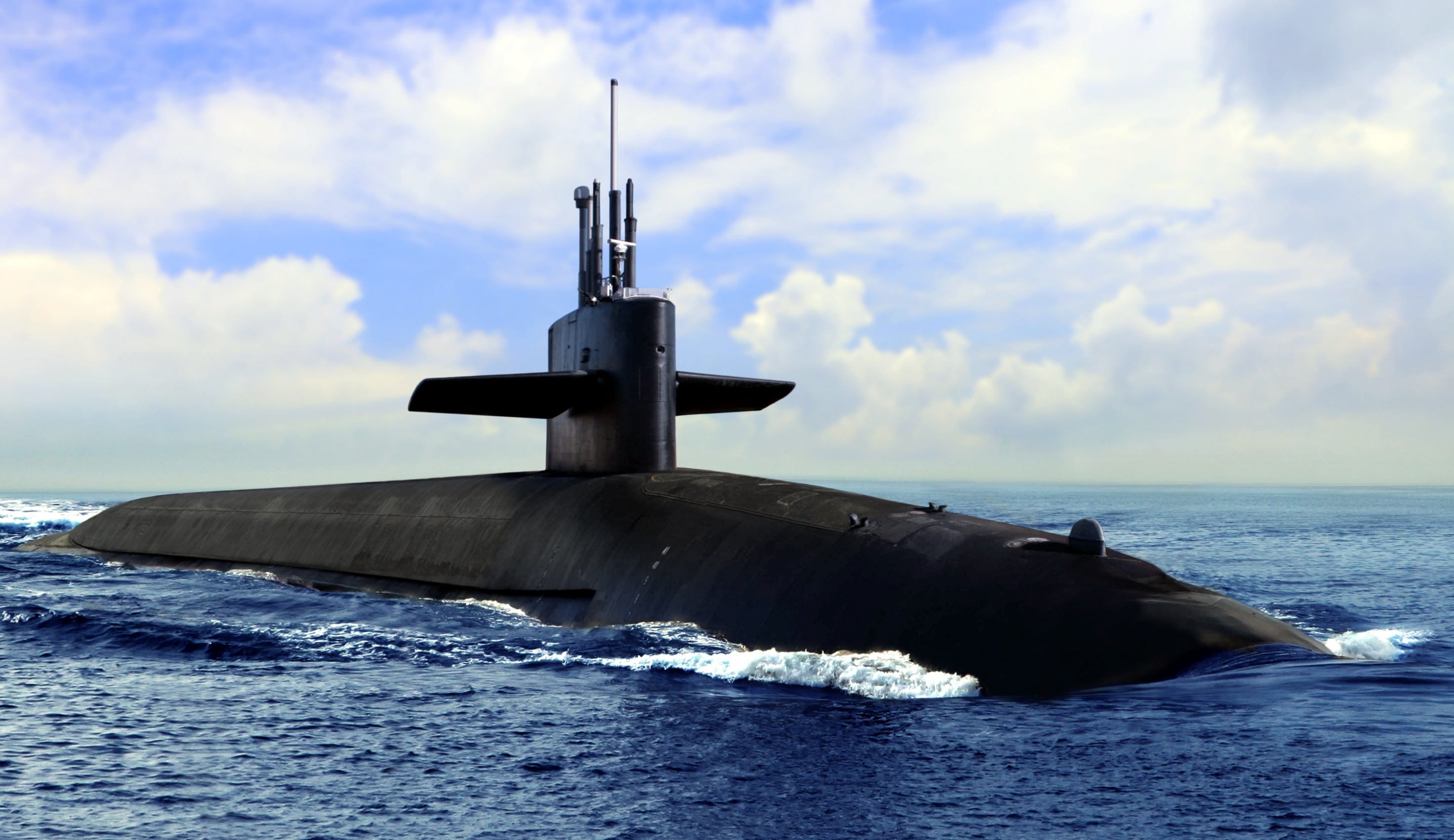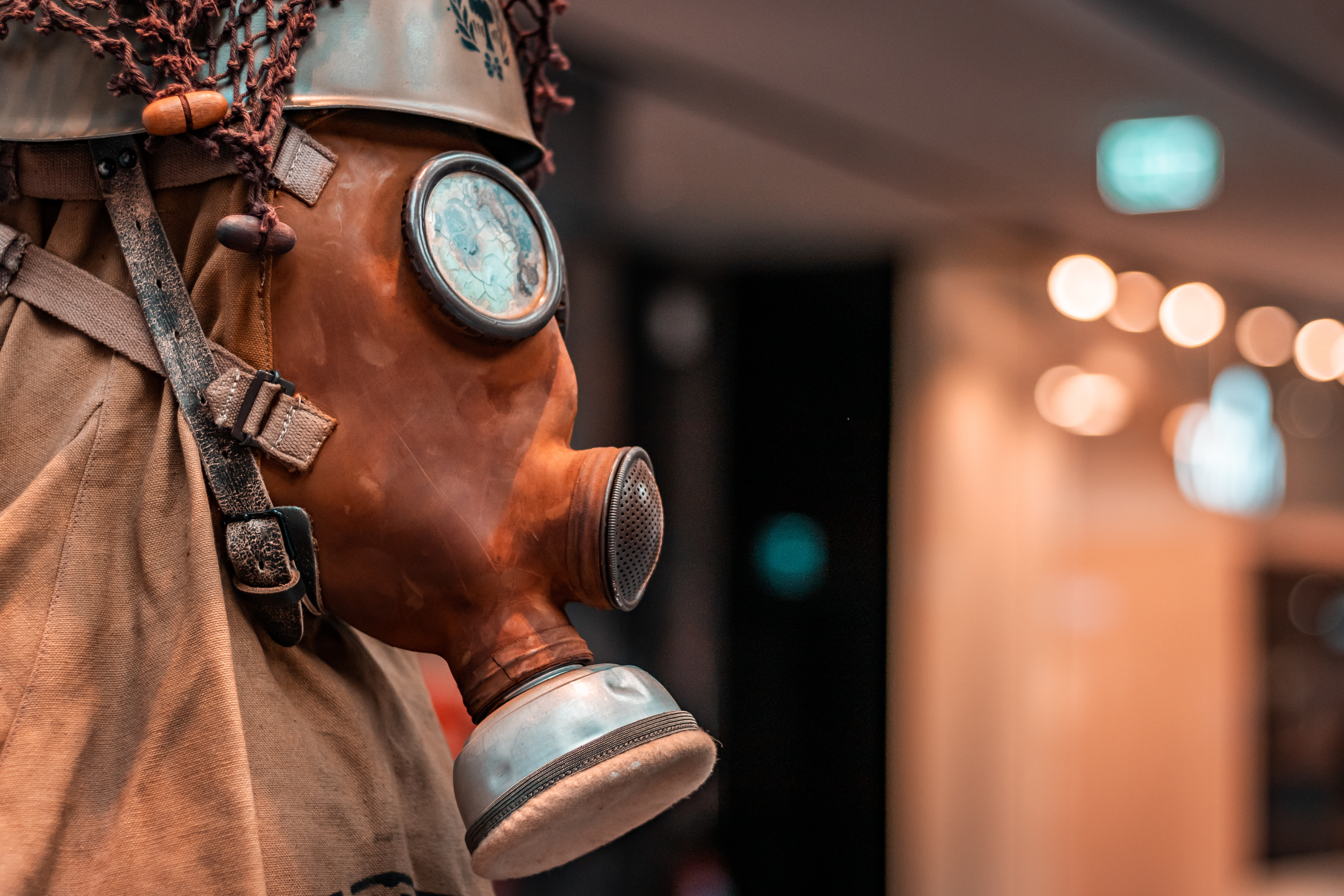Asbestos was widely used throughout the Armed Forces, particularly in ship building and general construction due to its heat resistant properties, non-flammable nature and convenience. Although it had been used commercially for many years before, armed forces relied heavily on asbestos during World War 2. At this time neither the military members nor the government knew of asbestos’ cancerous characteristics.
Asbestos in Vehicles
During World War 2 asbestos was often used in vehicles such as:
- Tanks
- Aircrafts
- Ships
- & Submarines
For vehicles, asbestos was used in brakes, gaskets, clutches and engines. Since these parts were often exposed to high heat temperatures, asbestos was used for endurance. However, the parts often wore down causing asbestos components to crumble and release asbestos fibres into the air. Army mechanics tasked with dismantling, rebuilding, and repairing these parts were regularly exposed to high concentrations of asbestos.
However, the parts often wore down causing asbestos components to crumble and release asbestos fibres into the air. Army mechanics tasked with dismantling, rebuilding, and repairing these parts were regularly exposed to high concentrations of asbestos.
Asbestos products were widely used in Navy ships and submarines between the 1930’s and early 1980’s. Many Navy veterans who served on board these submarines and ships in the war, especially those working in the boiler rooms where the material was used to insulate pipes, or those who were part of their construction, were also exposed to high concentrations of the mineral.
Asbestos in Gas Masks
 Concerns have been raised in recent years about asbestos being present in the filters of World War 2 gas masks. The masks were commonly used in the war and sometimes known as Field Protective Masks. They provided a sealed cover over the respiratory passages i.e. nose and mouth, with the aim of protecting wearers from inhaling toxic gases and other biological agents.
Concerns have been raised in recent years about asbestos being present in the filters of World War 2 gas masks. The masks were commonly used in the war and sometimes known as Field Protective Masks. They provided a sealed cover over the respiratory passages i.e. nose and mouth, with the aim of protecting wearers from inhaling toxic gases and other biological agents.
Due to these concerns, the Health and Safety Executive has advised schools, who may come into contact with the masks for educational purposes, that all vintage gas masks should be assumed to contain asbestos (unless there is clear evidence that they do not).
Veterans and Risks of Asbestos Exposure
Twenty years after World War 2, asbestos diseases began to manifest themselves, affecting thousands of veterans and also those exposed during the post war period.
According to the HSE there are currently over 5000 Asbestos-related disease deaths per year including mesothelioma, lung cancer and asbestosis. There were 2,526 Mesothelioma deaths in 2017, with a similar number of lung cancer deaths linked to past exposures to asbestos.
Following a campaign by the British Legion, compensation rules for veterans who develop Mesothelioma from working with asbestos during service have now been changed. All veterans diagnosed with Mesothelioma as a result of service, now have the choice between receiving a traditional War Pension, or £140,000 in lump sum compensation, regardless of age at diagnosis.
Are you a veteran who has been affected by asbestos related cancer or do you know anyone that has? If so take a look at the compensation rules for veterans on the British Legion website here.
References: The Independent, HSE, British Legion















